Wheels Go Round: A Look into Wheels for Your Jeep
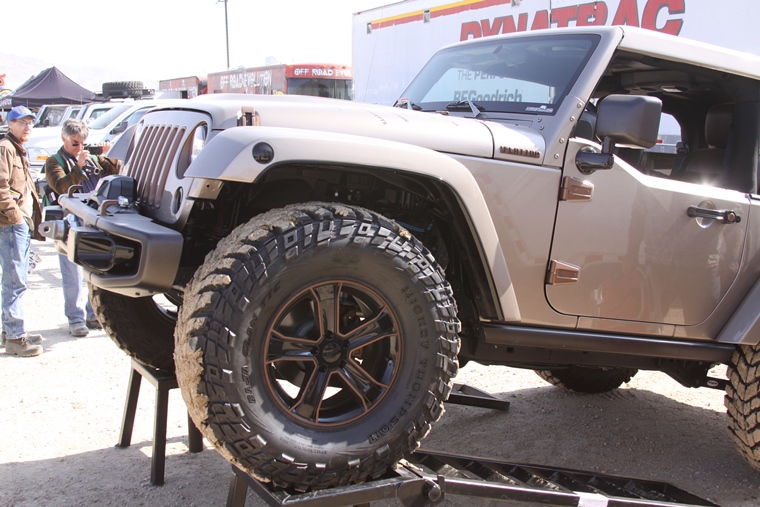
You know, those things that hold your tires onto your Jeep JK are there for more than just looks. Wheels can impact the braking performance, handling, and even the horsepower of your JK and you probably don’t even realize it. In this special, we’ll take a deeper look into wheels and why they are an important performance consideration on you next modification.
Part 1: Design
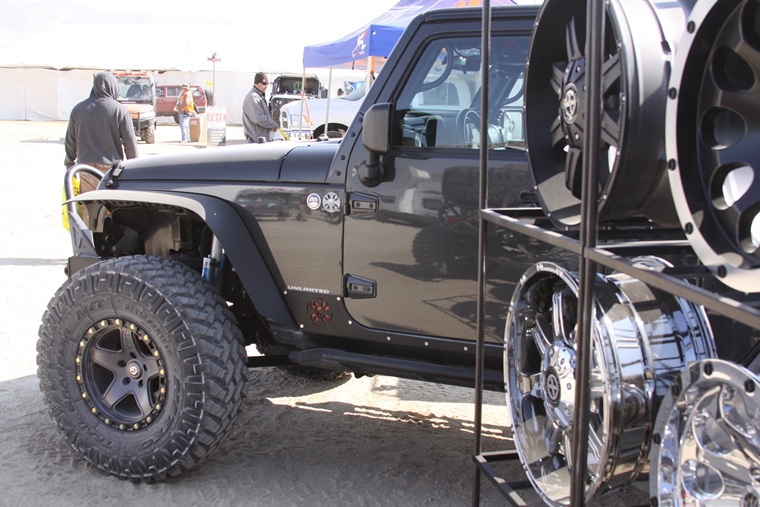
Let’s first talk about the design of the wheel and how it impacts your truck for more than just looks. Yes, wheels designed by leading manufacturers do design their wheels for great looks. However, at the same time that wheel face is being designed to take the load from the weight of the truck, the forces it encounters while cornering and braking, and even impact from road imperfections. Many high-performance wheel manufacturers like BBS, Rays Engineering and others will start the design process on computers to determine how loads are spread from the barrel of the wheel, to the wheel face, and finally the hub.

Off-road wheels are specifically for the impacts of an ever-changing environment. Because of that, most off-road wheels will usually have much thicker spokes and face designs than on-road wheels.
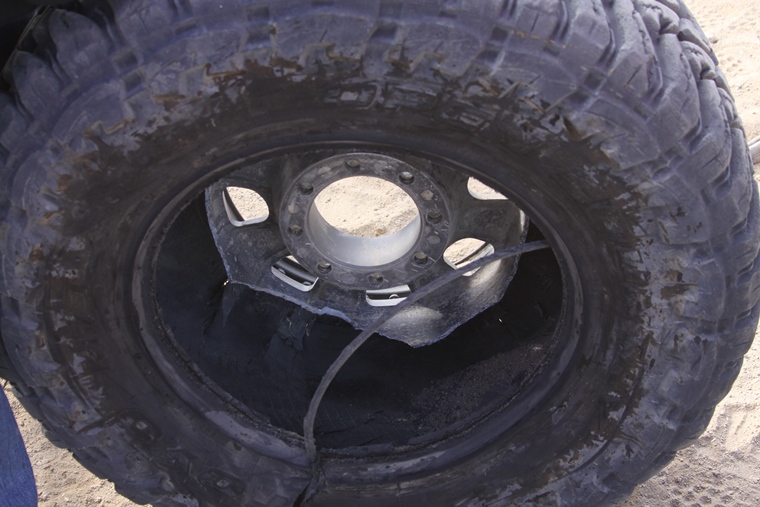
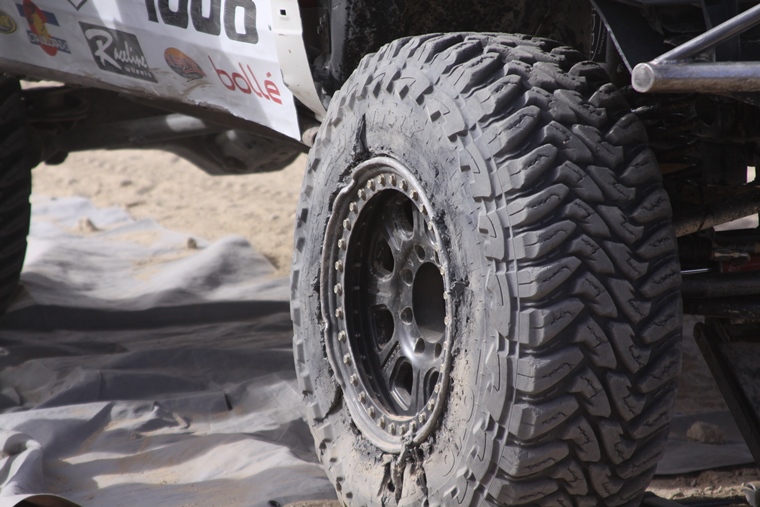
However, there are off-road wheel types that are designed for shattering upon a very high impact. These shatter-prone wheels are seen in rally racing especially. The thought behind the design is that a wheel is easy to replace versus suspension components that would normally have taken the brunt of the impact.
Part 2: Wheel Sizing

When you go to order your custom wheel you will be asked a few questions that pertain to the fitment for your Jeep JK. You’ll be asked things like the diameter you’re looking for, the offset or backspacing you need, the hub center bore and wheel bolt pattern, or if you are running aftermarket brakes. Many wheel manufacturers do have experience in fitment for your vehicle; however, if you go to a wheel maker that hasn’t had any experience with domestic trucks, they may require you to measure things to help them pick the right size you need.
There is a wheel fitment tool that makes this very easy, but unless you plan on opening a shop or going through wheels more than you do shoes, the investment isn’t very wise. That shouldn’t stop you from finding the right measurements, though. Grab a yard stick, a couple of rulers and a dial caliper as it’s time to measure what will actually fit. First, measure the hub center of your wheel using the dial caliper and be sure to measure the thickest part that will contact the wheel as this will determine your wheel center bore, and don’t forget to find your wheel bolt pattern at the same time. There are databases for wheel bolt patterns, but you simply measure from two opposite wheel studs to find your bolt pattern.
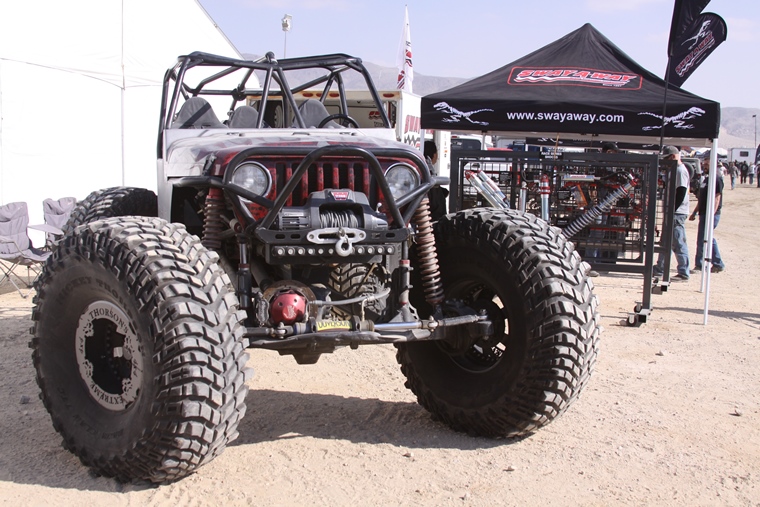
From the center of the hub, measure out to the bottom of the caliper. For the person helping you, this will inform them how tall the wheel hub will need to be, or if your calipers will clear it. You’ll also want to measure from the face of the wheel hub to the widest part of the caliper going toward the wheel face. While you’re still at the wheel hub, measure the center of the hub out to the tallest point of the caliper; if that point is a brake line fitting or bleeder cap, that point of the caliper appendage will be the part to which you measure. That takes care of the inside of the wheel.
You’re not done, though, as you will still need to determine how wide or what backspacing you’ll be able to run. With the front wheels straight, you’ll want to measure from the hub face to your shocks and springs, as these will be the closest components with the wheels in a straight line. However, if you notice any other component that sticks out beyond the shock or spring, take that into account as well. You’ll then turn the wheel and measure from the hub face to the frame and any suspension components that could hit the wheel as you turn it. You’ll do that for both left turn and right because of steering Ackerman, which is the angle of the wheels while you turn. The wheel of the inside of a turn will have a greater steering angle and that is why measuring the left and right turn of each front wheel is important. We’ll dive into steering Ackerman and more in a future steering article, so we won’t explain it further here.

Now that you have all of those measurements, you can give them to the person helping you pick your wheels. However, a quick note about offset and backspacing: in a general sense, they are the same thing. They are both a measurement of where the wheel mount is in relation to either the back of the wheel, in backspacing, or from the center of the wheel, as in offset. Backspacing will almost always be a positive number whereas offset will be negative, positive, or zero. A negative offset is the same as a low backspace number and will push the wheel face toward the outside of the wheel well. Zero offset is dead center of the wheel as measured between the bead seats. A positive offset is the same as a high backspacing number, and will pull the wheel face toward the inside of the wheel well.
However, unlike backspacing, offset will not be the same on every wheel despite a similar number. For example, a positive-eight offset on an eight-inch-wide wheel will not be the same as a positive-eight offset on a 10-inch wheel. The positive-eight offset on the nine-inch-wide wheel will have a backspacing of 4.8 inches, whereas the 10-inch wide with positive-eight offset will be 5.8 inches. A five-inch backspacing on either the eight- or 10-inch-wide wheel will always be a five-inch backspacing.
Part 3: Forged vs. Cast and Flow-Formed vs. Steel
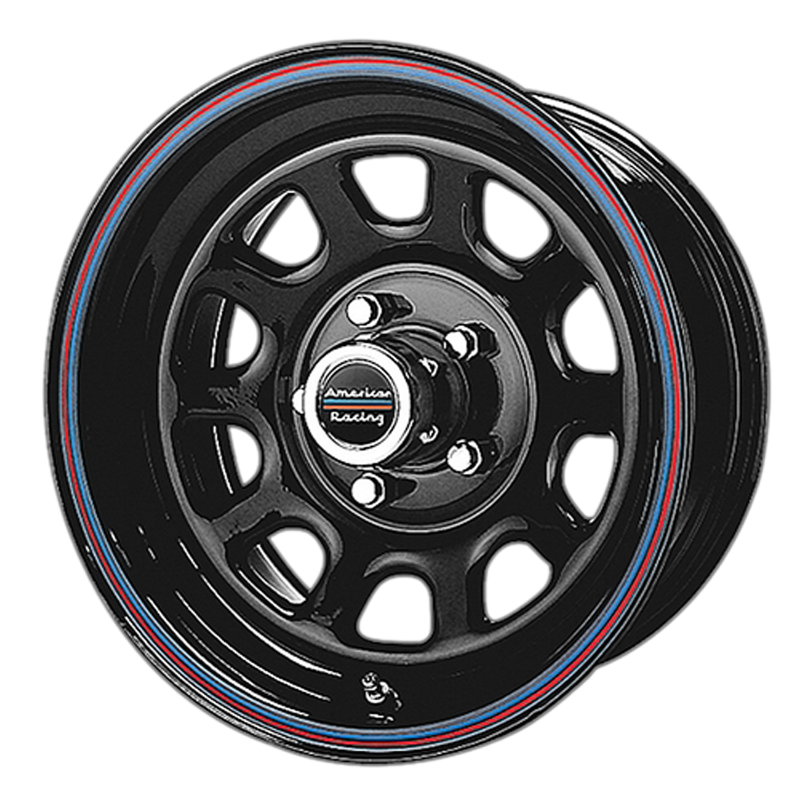
There are three major construction types for wheels: steel, cast and flow-formed cast, and forged. Steel wheels are the cheapest and typically the heaviest wheels of the three types. Steel discs are stamped out for the face, while a band of steel is formed to create the bead seats and barrel. They are then welded together as is, or the barrel is heated to expand it to allow the face to drop in before welding.
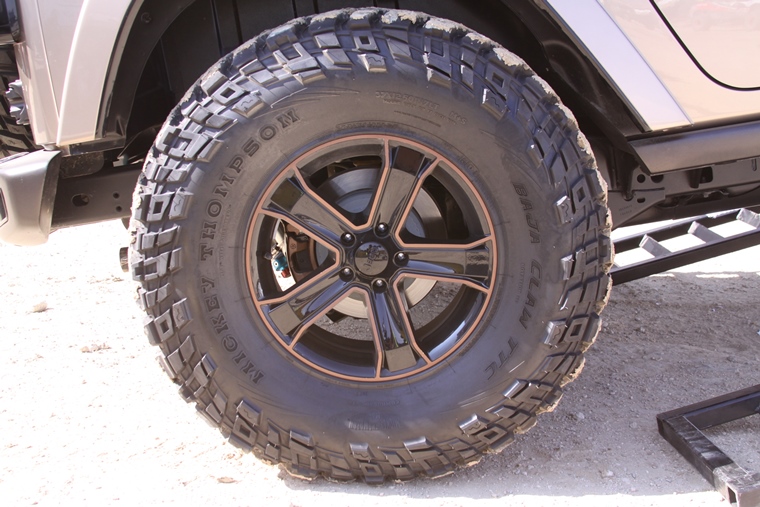
Casting takes molten aluminum and pours it into a mold that creates the wheel. Typically, it’s not just poured in, but also shaken and moved to eliminate air pockets during the forming process. A cast wheel is going to be inexpensive or just slightly more than steel and is usually lighter weight. A flow-formed wheel is the in-between of forged and cast. An aluminum wheel is first cast for the face and the initial stage of the process. That casted wheel is then taken to a rolling forming machine that presses out the barrel of the wheel. Flow Forming creates a grain into the metal of the barrel that casting doesn’t normally make. It not only creates a lighter wheel than cast, but also a stronger barrel thanks to that grain.
Finally, a forged aluminum wheel is the strongest and lightest wheel you can have outside of magnesium wheels. The wheel will start out as a solid piece of billet aluminum. From there, a press will create the wheel using high pressures to hammer the wheel into shape. While it is a very expensive process, it is the strongest and lightest wheel you can buy for your Jeep JK. Some companies will forge just the base of the wheel and machine out the rest, while companies like Rays Engineering and BBS will completely forge the entire wheel, including its face, only to machine finer details like bolt patterns, logos and other small parts of the wheel.
Part 4: Beadlocks
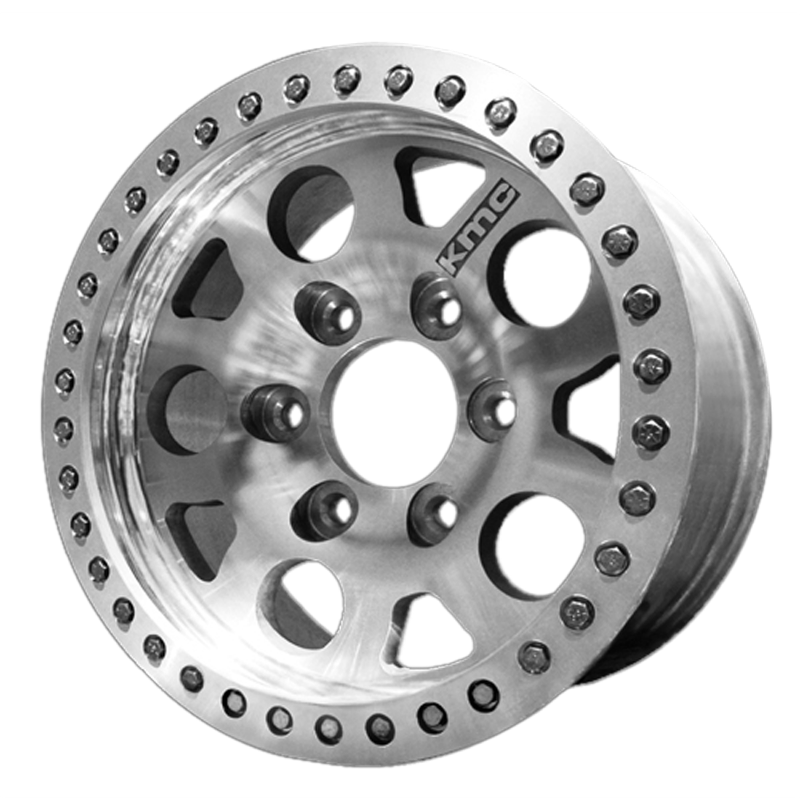
When you go to the extremes of desert racing or rock crawling, you usually drop your air pressures to at or below 20 psi. While this can give you grip going over rocks and silt, it poses a great risk of debeading the tire on a standard DOT wheel bead. In cases like this, you need a beadlock on your wheel. Typically, a beadlock is a ring that is bolted to a specially made or modified wheel. However, there are air bladder beadlocks that are internal and can be added to most wheels. They can be a less expensive solution to your street rims and are usually legal for road use. What makes a beadlock illegal for street use? Well, nothing really, as it is usually local and state laws that have bans on multi-piece wheels, but beadlocks are considered multi-piece in most of those places that do have the ban.
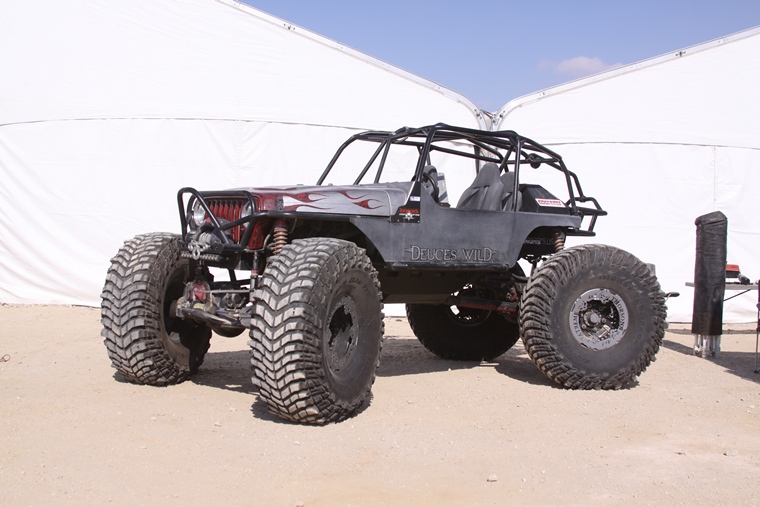
However, that doesn’t mean beadlocks are totally safe, either. Beadlocks require additional maintenance over standard wheels, and the torque of the bolts retaining the beadlock ring must be checked periodically. Failure to do so runs the risk of losing the ring, destroying the wheel, and even bead failure. If you’re just going for looks, buy a wheel with a simulated beadlock. If you’re willing to do the maintenance, buy the beadlock wheel.
